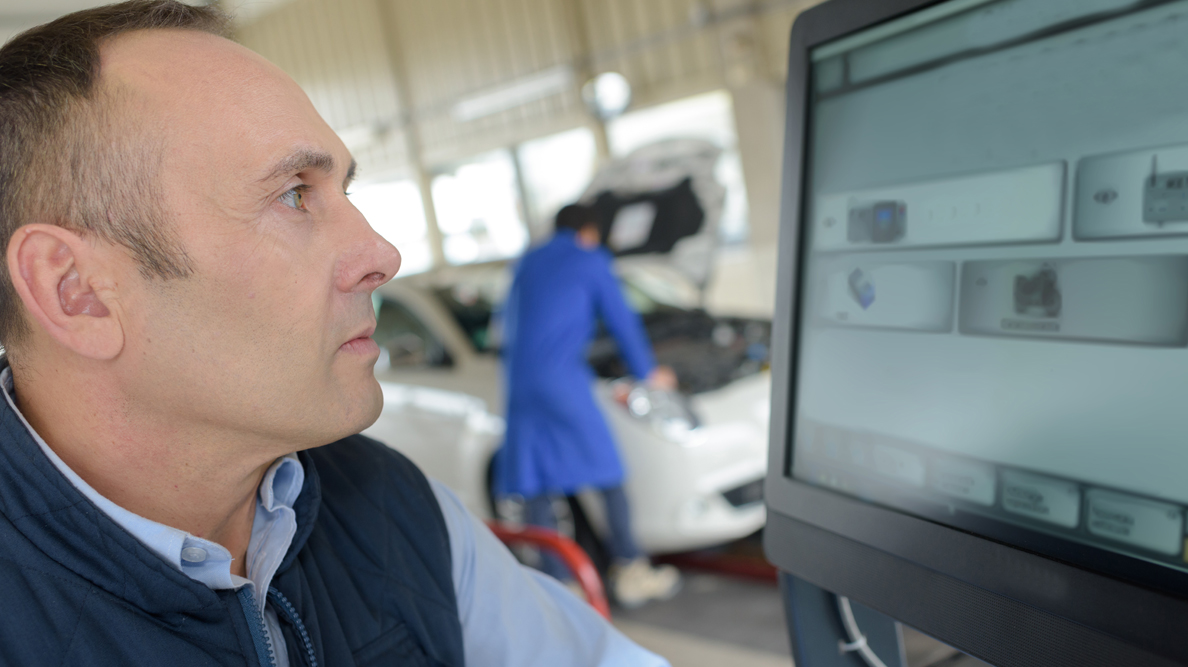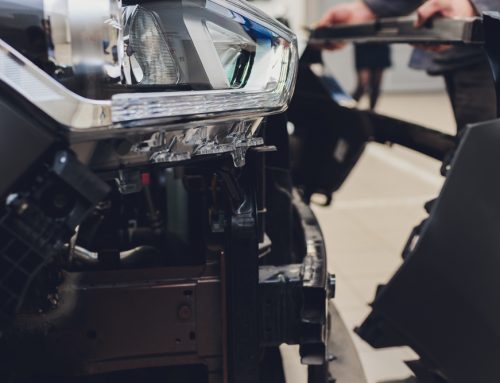Hello,
This is Alex from Progi. We are already on our second article focusing on collision shop waste. The good old waste well known in Lean methodology. Today, the focus is on waiting, one of the major sources of unproductivity, and I offer a few ideas to help you out.
In the fast-paced world of collision shops, every minute counts. And when it comes to waste, waiting is the quiet villain that empties your pockets without you even notice it. Straight talk: if your technicians are sitting on their hands, waiting instead of working, then money is going down the drain.
First, think about inactive technicians. Nothing is more frustrating than seeing them immobile because someone is moving vehicles, parts delivery is late, etc.
Then, consider technicians waiting for supplies. Imagine a painter without a paintbrush, a musician without an instrument… This is exactly the situation of our technicians without the required parts or supplies. Not only does this waste time, it slows down the entire workflow, creating a domino effect on efficiency and customer satisfaction. Getting their car back after the promised delivery time can be really frustrating for a customer, especially if they don’t like their courtesy vehicle, or worse, if they don’t have one.
What often jumps out and frustrates managers is to see technicians idling around, sweeping the floor, in short, not investing their precious time in repairs. They see the technician’s hourly rate go straight into the garbage. But it’s actually worse than that. Waiting has the vicious effect of blocking its victim from taking advantage of new repair opportunities, and that’s the real loss.
So how to fight this curse? Here are a few tips:
Proactive equipment management: Make sure you have a solid maintenance plan. Well-maintained equipment is less likely to break down.
Strategic planning of parts orders: Anticipate part requirements. Working with reliable suppliers and considering the implementation of an efficient ordering system can significantly reduce waiting and errors. Be careful not to overstock your inventories.
Effective communication: Clear communication with your team and suppliers can prevent many delays. If all parties are on the same track, things run more smoothly. A productivity planning software such as ProgiPlanning can greatly help the team to get mobilized around the best plan of action for ongoing repairs.
Flexibility and coaching: Train your technicians to be versatile and to take initiatives that create value in the shop. If a job is on hold, they can switch to another task quickly. Here again, good communication will help considerably.
To sum up, waiting is the quiet enemy of your profitability. By adopting strategies to reduce waiting, you increase not only your productivity, but also the satisfaction of your partners and customers. In our industry, as in many others, meeting our deadlines creates trust in our business relationships, and this is essential to keep them with us for a long time.
—
Author: Alexandre Rocheleau
Translation and editing: Krystel Henley-Rocheleau





